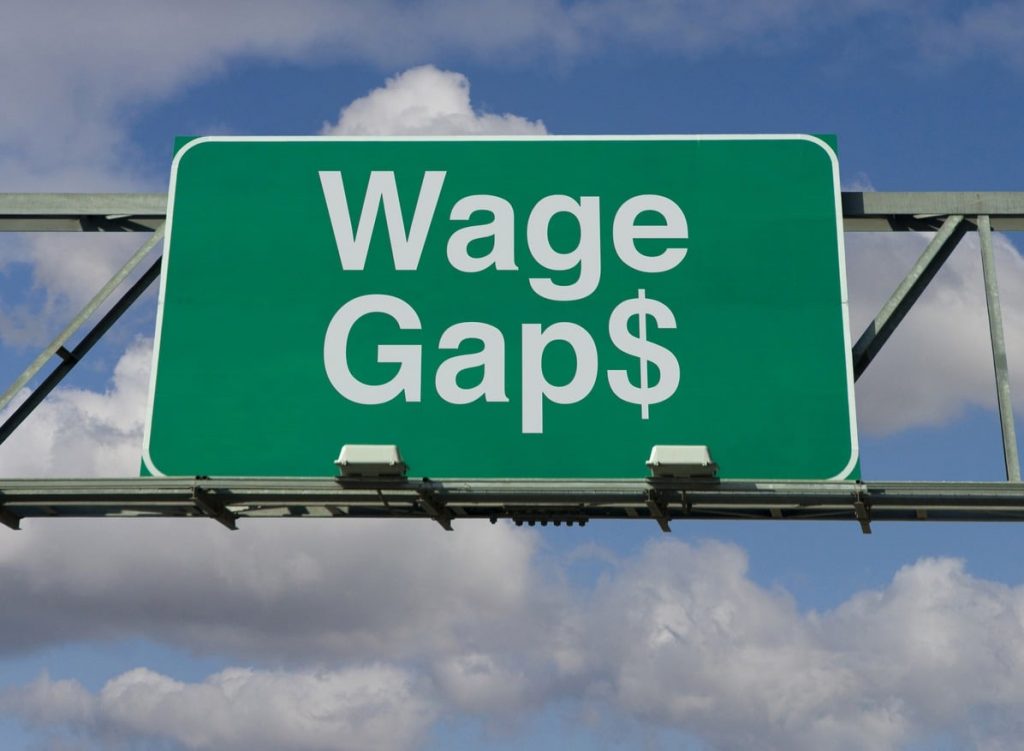Over the summer, the U.S. Women’s National Soccer Team (USWNT) won their fourth FIFA World Cup, and this past week the team kept up its fight for equal pay in court.
In a brief filed in federal court, the USWNT argued that it should be allowed to move forward with the case as a class action, as opposed to individual cases, for a variety of reasons.
USWNT reply re class certThe USWNT pushed back hard on the defendant (their employer) United States Soccer Federation’s (USSF) claim that the case should not proceed as a class action.
For example, the USWNT responded to the USSF’s argument that certain USWNT players earned more total compensation than the US Men’s National Soccer Team (MNT) players, by pointing out that:
Over the class period, the WNT has played far more games than the MNT and amassed a far higher win percentage, including earning two World Cup championships . . . This is the only reason why the four WNT class representatives were able to earn more total compensation than members of the MNT–they worked in far more games, had far greater success and thus were able to earn more money in salary and bonuses . . . .”
The USWNT noted that, “[t]his is not equal pay under either Title VII or the Equal Pay Act, both of which require equal pay for equal work.”
The USSF denies the allegations in the USWNT’s complaint.
Factual background
Earlier this year, the USWNT players filed a complaint in federal court against their employer, the USSF. The lawsuit alleges that USSF violated the Equal Pay Act and Title VII of the Civil Rights Act of 1964 by, among other things, paying the women’s team less than the men’s team for doing equal work.
Equal Pay Act and Title VII Legal Frameworks To Prove Wage Discrimination
To win their Equal Pay Act (EPA) case, the USWNT must first prove a prima facie case under the EPA. The team can do so by showing:
the employer pays different wages to employees of the opposite sex;
the employees perform equal work on jobs requiring equal skill, effort, and responsibility; and
the jobs are performed under similar working conditions
If the USWNT establishes a prima facie case, the burden shifts to the USSF to establish one of four affirmative defenses: (1) that the pay difference is due to a seniority system, (2) a merit system, (3) a system that measures quantity or quality of production, or (4) “any factor other than sex.”
If the USSF makes this showing, the USWNT can still win if it shows that the USSF’s justification for the pay disparity was a pretext.
Title VII also makes it illegal to discriminate based on sex in pay and benefits, which is why the USWNT is also suing USSF under this law. Title VII prohibits discrimination in compensation and other terms and conditions of employment, so it has a broader reach than the EPA (and also outlaws, among other things, discrimination based on race, religion, and other protected characteristics).
EPAeGuide_BachmanLawThe USWNT Argues That, Despite Their Better Results, They Are Paid Less For Equal Work
The USWNT’s complaint contains evidence and statistics supporting their argument that the USSF has unlawfully paid them less than the men’s soccer team. For example, the complaint alleges:
The USWNT is the preeminent women’s soccer team in the world and has contributed to the finances and reputation of the USSF at least as much as the USMNT. The complaint lists three World Cup titles (which is now four titles), four Olympic gold medals, and asserts that the USSF revised its projected earnings for 2016 from a net loss of $429,929, to a net gain of $17.7 million, because of the successes of the USWNT, particularly at the 2015 World Cup.
The USSF pays the women’s team less than the men’s team, despite requiring players on both teams to perform the same job duties that require equal skill, effort and responsibilities performed under similar working conditions. The complaint states that the women’s team players spend more time practicing, playing, and promoting the USSF than the men’s team does; indeed, from 2015 to 2018, the USWNT played in nineteen more games than the USMNT.
In addition, the complaint asserts that from 2013 to 2016, the USSF paid USWNT players $15,000 for trying out and making the World Cup team. Yet the USSF paid USMNT players $55,000 for making the team.
Similarly, in 2014, the USSF paid the USMNT more than $5.3 million in bonuses after their World Cup loss in the Round of 16. While in 2015, the USSF paid the USWNT only $1,725,000 in bonuses after they won the World Cup.
Finally, the USWNT received less favorable training and travel conditions, as well as reduced marketing for their games. For example, in 2017, USSF chartered private planes for USMNT travel at least seventeen times, but zero times for the USWNT.
USSF’s Potential Defenses
To rebut these claims, the USSF might argue that its legitimate, non-discriminatory reason for paying USWNT players less than USMNT players is that the men’s team generates more revenue for USSF than the women’s team, which accounts for the difference in pay.
According to a report, however, this may not be accurate. That is, between 2016 and 2018, USWNT games generated about $50.8 million, compared with $49.9 million for USMNT games.
Currently, player compensation is not directly linked to money generated by the team in ticket sales, brand deals, and other promotional activity. The USWNT’s complaint refers to 2016 negotiations with the USSF in which the USWNT’s union offered to enter a revenue-sharing model. Under this model, player compensation would increase in years in which the USSF derived more revenue from USWNT activities and decrease in years when it earned less from USWNT’s activities. USSF rejected the offer, according to the complaint.
Stay tuned for more action on this important and active case…
